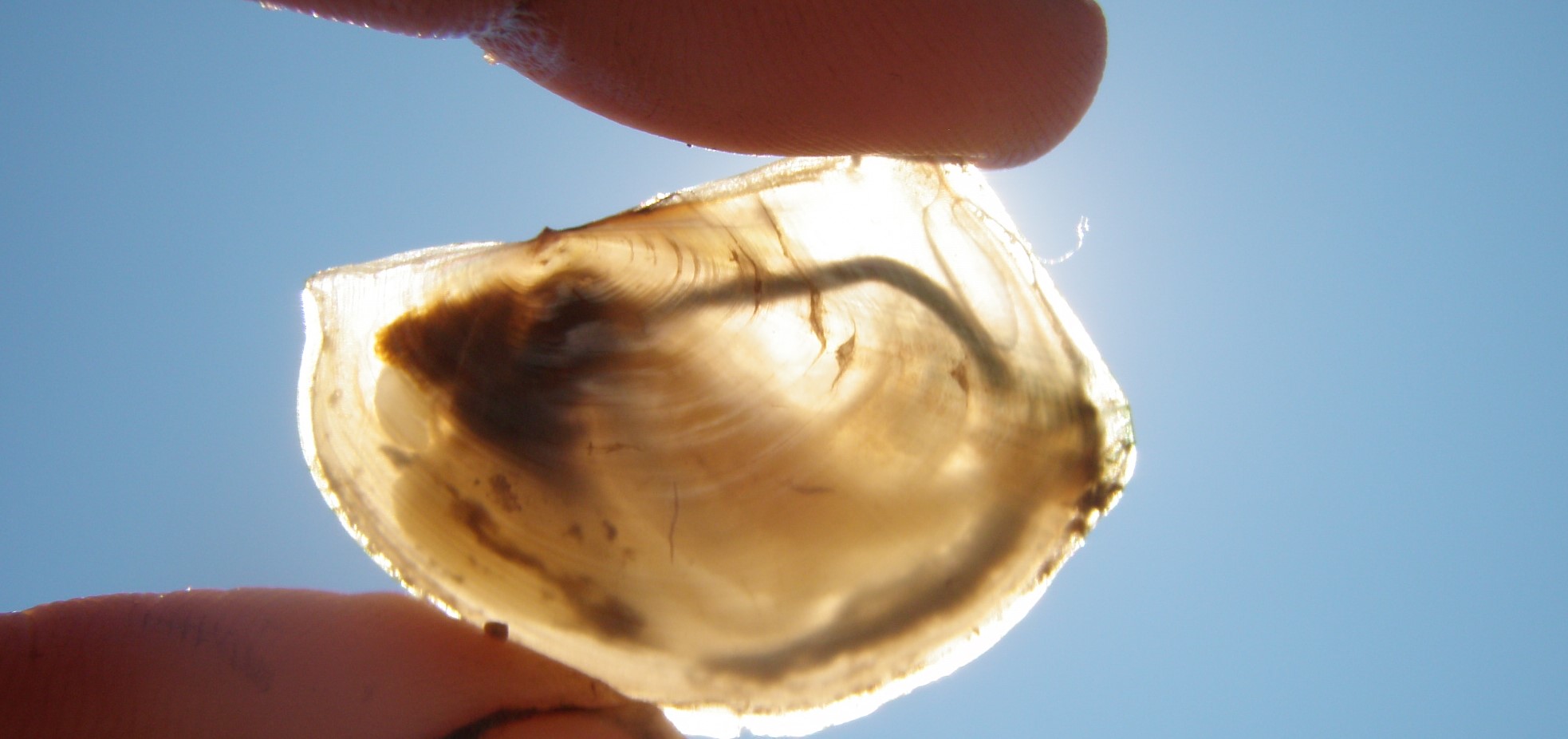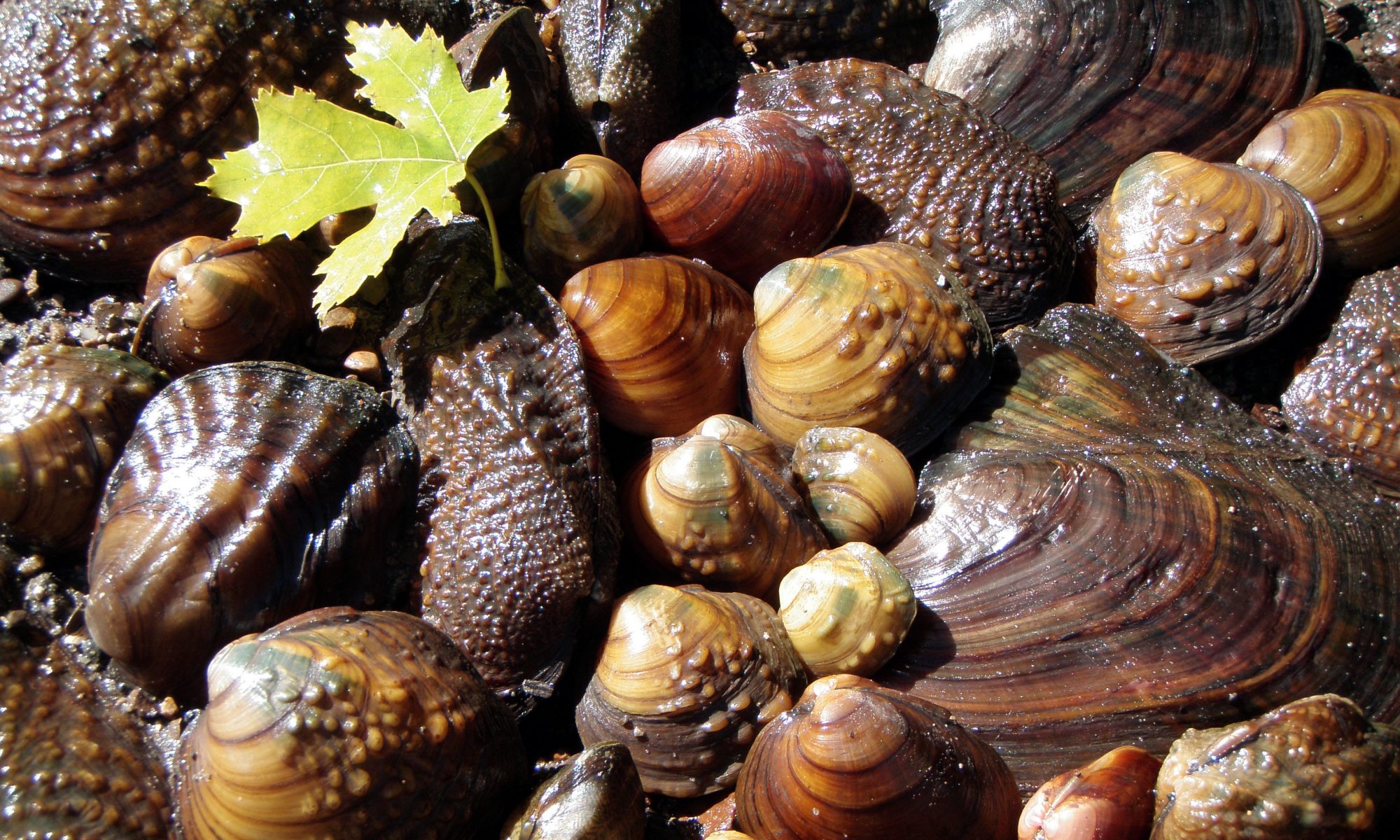The Freshwater Mussel Host Database, formerly Cummings and Watters’ (2010) Mussel/host database, is a collaborative effort by Sarah Douglass, Alison Stodola, Rachel Vinsel, and Kevin Cummings, all of the Illinois Natural History Survey, and G. Thomas Watters, The Ohio State University Museum of Biological Diversity.
The initial goal of the host database was to provide an online resource for aquatic biologists interested in the relationships between fishes and mussels and hopefully spawn new research on this facet of their life history. Recently, we updated host relationships for mussel species in the Upper Mississippi River and Ohio River drainages (Douglass and Stodola 2014).
The original database was not funded but the recent update was funded in part by an Illinois Department of Natural Resources State Wildlife Grant—Defining expectation for mussel communities in Illinois streams.
Our hope is this will be a dynamic database and eventually include more international species. If a particular reference is incorrectly cited or missing please forward changes and additions to Sarah Douglass (sabales@illinois.edu).

At present, only one user at a time is able to access the database.
Click here to access the database. Note – you may have to accept a warning that the connection isn’t private.
If you are unable to access the database, please contact Rachel Vinsel (rvinsel2@illinois.edu).
Suggested citation:
Author Last, First M. Year. Article Citation. Freshwater Mussel Host Database. http://wwx.inhs.illinois.edu/collections/mollusk/data/freshwater-mussel-host-database. (Month Year).
OR
Freshwater Mussel Host Database. 2017. The freshwater mussel host database, Illinois Natural History Survey & Ohio State University Museum of Biological Diversity, 2017. http://wwx.inhs.illinois.edu/collections/mollusk/data/freshwater-mussel-host-database. (Month Year).
Please send us your additions!
Ideally, in Excel the following categories: Mussel Genus and/or Species, Host Genus and/or Species, Host Common Name, Evidence Type (NI, LI, LT, NT, ZT), % Transformation (if available), No. of juveniles recovered (if available), Citation and Page no.
We use the following abbreviations for evidence type (Hoggarth 1992):
NS: not specified (infestation type not described in literature source)
NI: natural infestation (infestation found on wild-caught fish, but metamorphosis was not observed)
LI: laboratory infestation (artificial infestation occurred in experimental conditions, but metamorphosis was not observed)
LT: laboratory transformation (metamorphosis from glochidia to juvenile observed in experimental conditions)
NT: natural transformation (metamorphosis from glochidia to juvenile observed in natural conditions, or advanced encapsulation identified)
Additionally,
ZT: zero transformation (fish trialed with unsuccessful attachment or encapsulation)
Laboratory transformation (LT) records do not distinguish between primary and marginal hosts. Please refer to the specific study cited to determine likely primary or marginal hosts.

